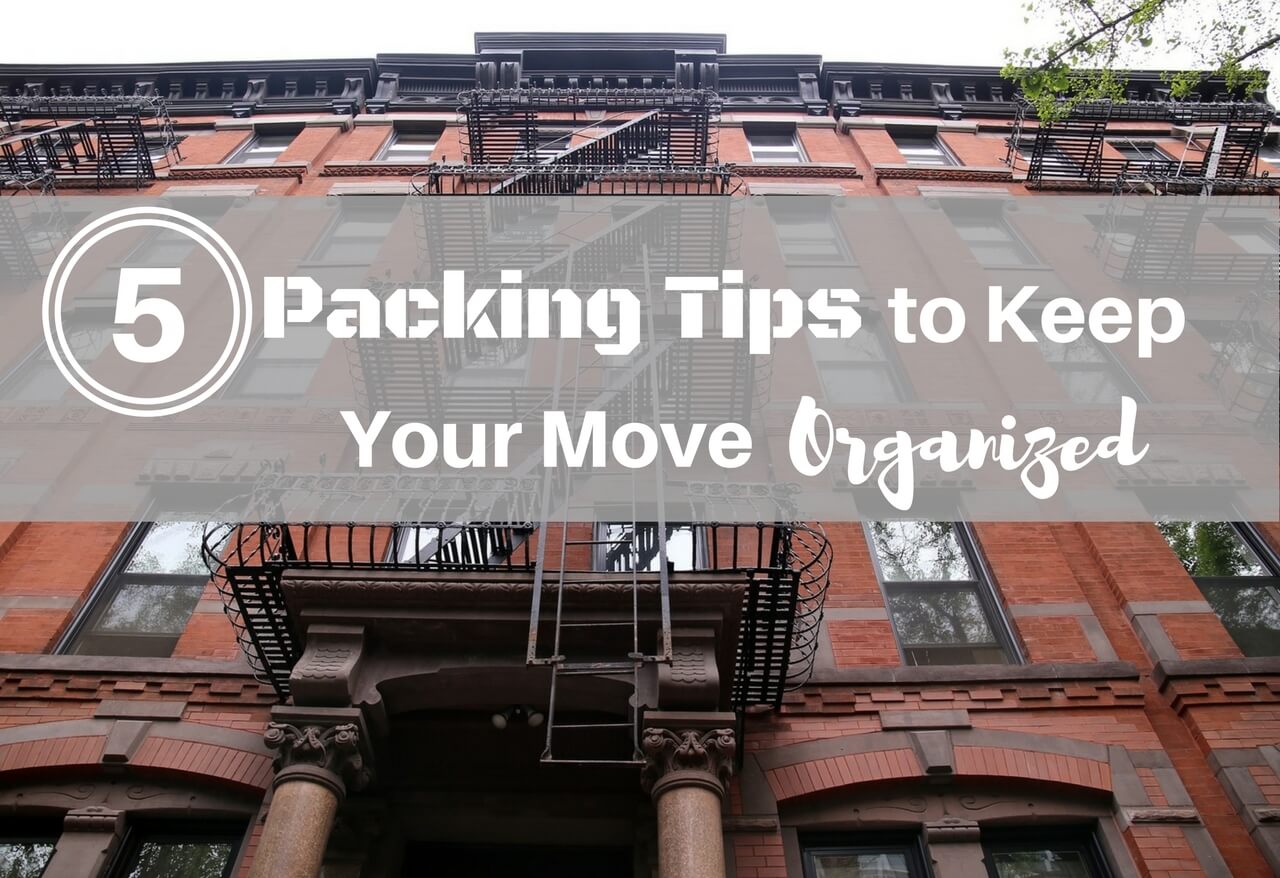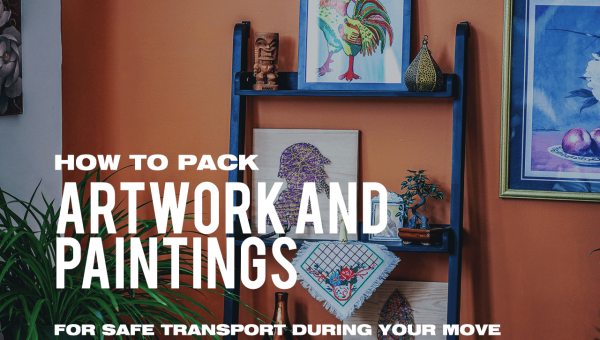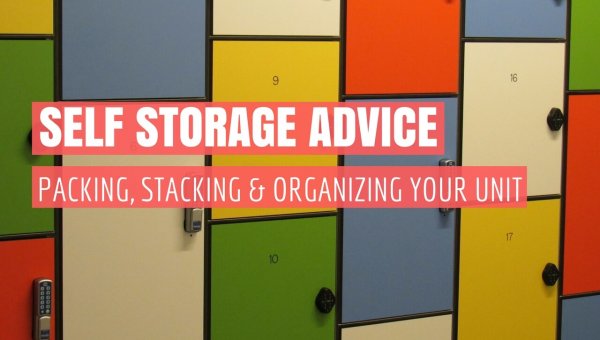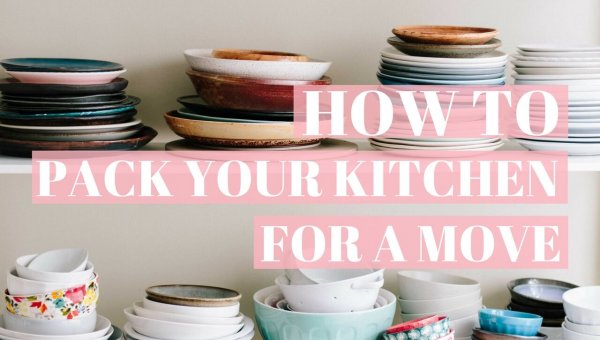Moving is a task that most people dread because it requires a lot of time, effort, and organization to accomplish. Without a little forethought and planning, a Manhattan move can quickly turn into major chaos. Before you tackle your next move, consider these five helpful packing tips to keep your move organized.
1. Declutter First
Before you even begin assembling your packing supplies, you’ll want to set aside some time to purge those unused items that have been cluttering your home since the last time you moved. Chances are your wardrobe is full of outdated or ill-fitting clothes, your cabinets are filled with expired products, and your kitchen drawers are crammed full of useless or duplicate gadgets. Moving is a great time to get rid of these unnecessary items by either tossing them out or donating them to charity. Keep in mind that the less you move, the cheaper your move will be!

Get a head start on your move by packing your books and other non-essential items up to a month out.
2. Get a Head Start
It’s recommended that you start packing for your move as early as a month out. Starting early and taking your time makes it easier to stay organized as you go and helps you avoid the stress of trying to get everything done at the last minute. First pack up out of season items like clothing or décor, items that have been sitting in storage spaces, and non-essentials like books, artwork, and specialized kitchenware. As moving day approaches, you can start packing items that you can be without for a week or two like extra clothes, bedding, and dishes. The final few days before your move, you should have everything packed except for essential clothing, toiletries, electronics, and cleaning supplies.
3. Gather Your Moving Supplies
To make sure your items get to your new place in one piece, you’ll need to ensure they are properly packed. Here are some of the moving supplies you may need to consider purchasing: boxes (including wine, wardrobe, and picture boxes), bubble wrap, packing paper, tape, markers, baggies, stretch wrap, and a toolkit. Remember not to overfill boxes: pack heavier items in smaller boxes and light items in larger boxes. Use bubble wrap and packing paper to protect delicate items and to fill empty space in boxes. Keep in mind, you don’t need to run out and purchase all new supplies. Ask friends and family if they have any extra moving boxes laying around, or ask local stores for used boxes they may have from recent shipments.
4. Clearly Label and Color Code
As you seal each box up, clearly label it with the room and a detailed description of the contents. It’s best to put a label on both the top and end of the box, so you can see it even when boxes are stacked. Many professional organizers also recommend color coding your boxes with various colors of tape depending on which room they are destined for. For example, you might stick a piece of purple tape on boxes of toys or yellow tape on boxes filled with linens.

Make sure to label and color code your boxes so you can easily find things when you go to unpack.
5. Pack an Essentials Box
Before throwing everything in boxes and passing it off to the moving company, take time to pack an essentials box or bag. Also referred to as the “first night” box, this box should contain essential items you’ll need to get through the first few nights and should stay with you as you relocate to your new home. You’ll want to consider including the following in your essentials box: linens, a few changes of clothes, cleaning supplies, pet food and supplies, chargers for phones and laptops, toiletries and medicine. The essentials box is especially important for those contemplating an interstate move because it will take a bit longer for the moving truck to arrive.
Moving doesn’t have to be a stressful or overwhelming experience. By following these packing tips, you can be assured that your move will go more smoothly.












